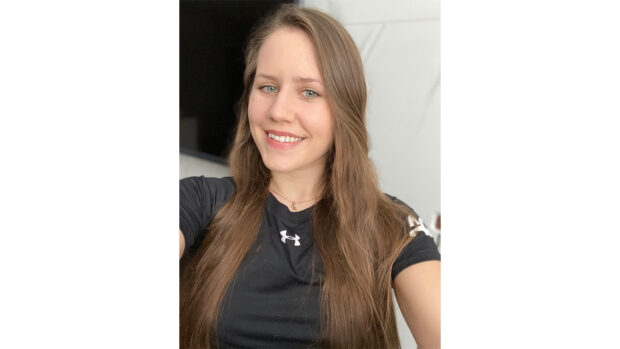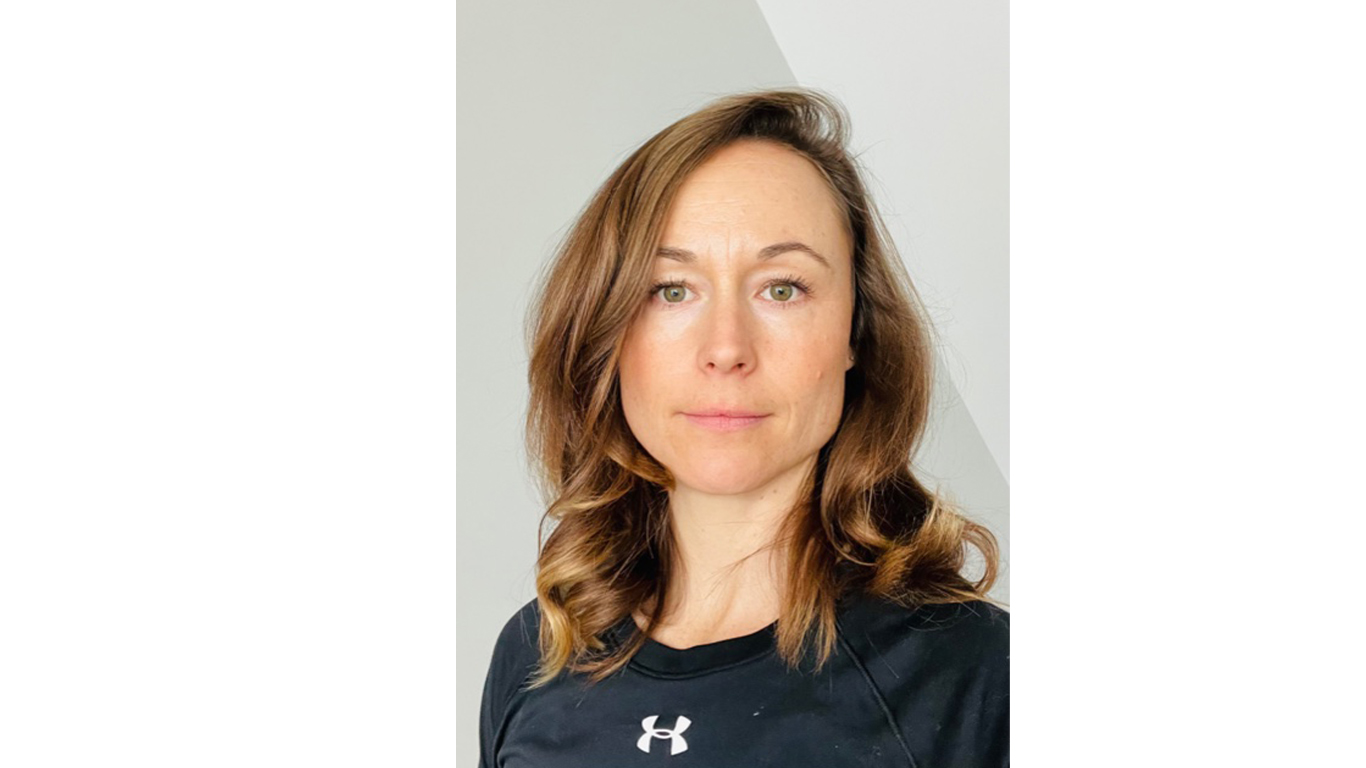Lockdown measures imposed by the government of Ontario have forced the health and fitness promotion program at Algonquin College to think outside the box when it comes to how they offer their personal training.
Personal training is usually conducted in person as part of a six-week-long assignment for the level-four students in the health and fitness promotion program.
This semester, Renee-Pierre Tremblay, a professor in the health and fitness promotion program, has had to figure out a way to allow her students the ability to develop a new skill while refining previously acquired skills.
Tremblay decided the best way for the students to complete their projects would be to do it virtually through Zoom.
In order for a client to be deemed eligible, they have to ensure that they have no underlying health conditions that would prevent them from training rigorously.
Tremblay put together a form that the client would have to sign electronically and send back to her in order to proceed.
During a typical academic, Tremblay explains, personal training starts in level three, which would have been fall 2020. Due to the current global circumstances, however, the way the students conduct the project had to be altered for a virtual setting.
“It does accompany new skills when looking at the instructional side of things,” Tremblay said. “Typically, we give back feedback or queuing or touch, or we use our bodies to talk. Now, it’s different.”
Tremblay explained that the fall semester was an introduction to personal training, so the former level-three students were paired with level-one students to learn the new skills required to deliver personal training in a virtual setting.
This semester Tremblay’s level four students were assigned two clients — most of which were faculty or administrative staff at the college. Tremblay would assign one client, and the students were responsible for finding their second client.
This project takes place over six weeks; the student takes their clients through a training session, typically comprised of a warmup, workout, cool down and stretches.
Callista Fong, a level-four student in the fitness and health promotion program, says initially virtual personal training took some getting used to. In the beginning, it was a new concept.
This semester, however, Fong has found it to be much easier.
“Basically, the first client was assigned to me by Renee,” Fong said. ” I’ve finished all the required training sessions, and the second client, my husband, I will give the last training session to this coming Sunday.”
Other students have not found the adjustment so simple. Yet Elizabeth Williams, a level-four student, believes virtual personal training is possible and she is doing it with one of her clients.

Because of the hands-on nature of personal training, Williams has found a way to exercise both skills by training her roommate.
Williams mentions that lack of equipment has certainly presented its challenges but has found ways to work around it, whether it be a backpack with canned goods, or other household items in order to emulate certain varieties of exercises.
“There are some exercises that are really good doing bodyweight, like push-ups or planking,” Williams said. “But with equipment, my client and I thought of filling a backpack with a certain amount of cans and doing squats or rows.”
“I’ve had the experience of having a client who has a full-on home gym,” she said. “But also, the client I’m working with now has zero equipment, so I’ve had to think about what I’m going to do.”
Catherine Link-Henniger, a professor of English and computer science at Algonquin College, explains that she applied for virtual personal training to allow her to remain active despite already living a very active lifestyle.
“I heard about it in an email through my college email,” Link-Henniger said.

With times being as uncertain as they are, the students, professors, and clients have had to simplify their approach.
“Being in the same sort of level, it’s just brought the simplicity back to what we have at hand,” said Link-Henniger. “We were so accustomed to being able to go to a gym and have an array of different equipment available.”


